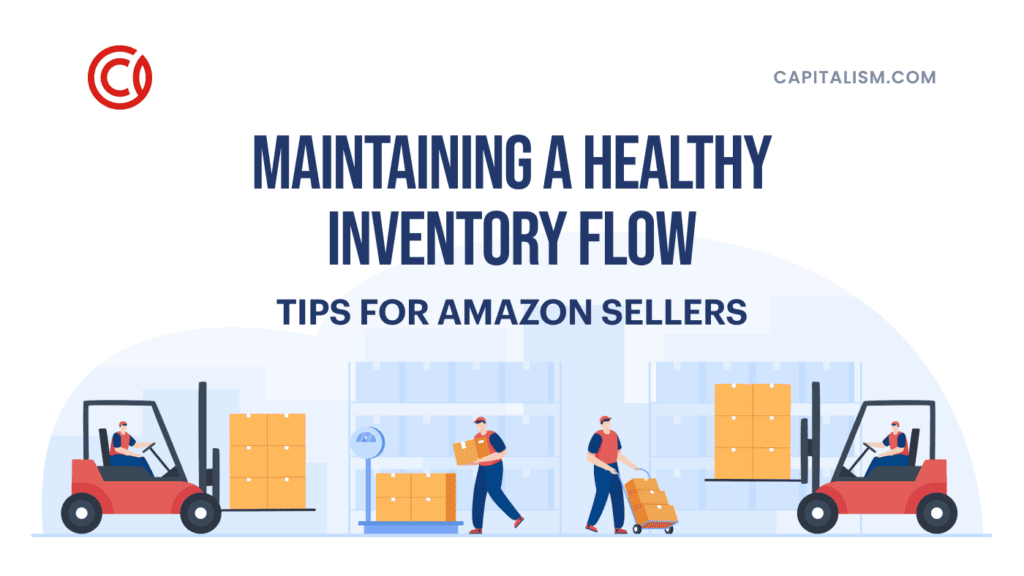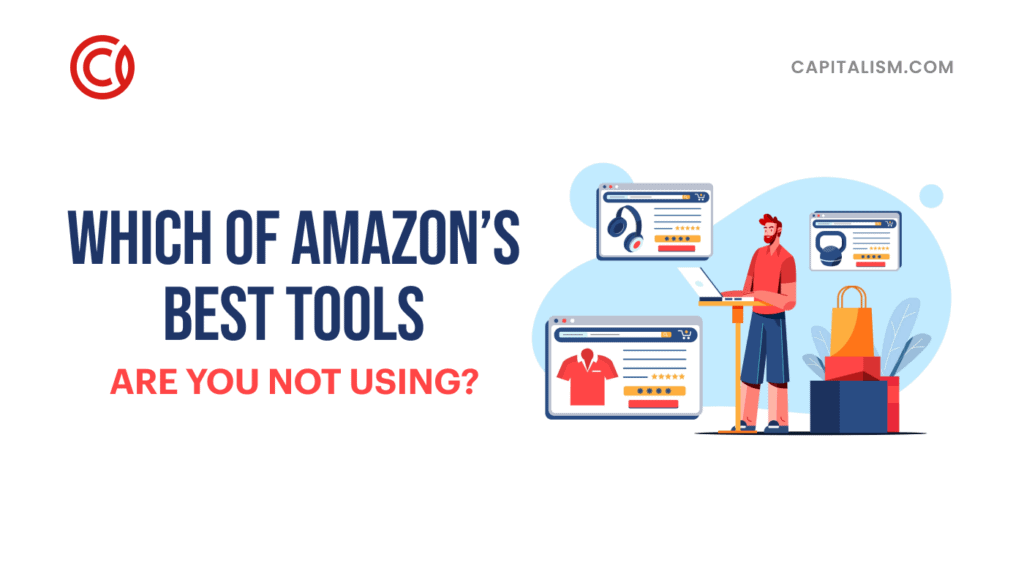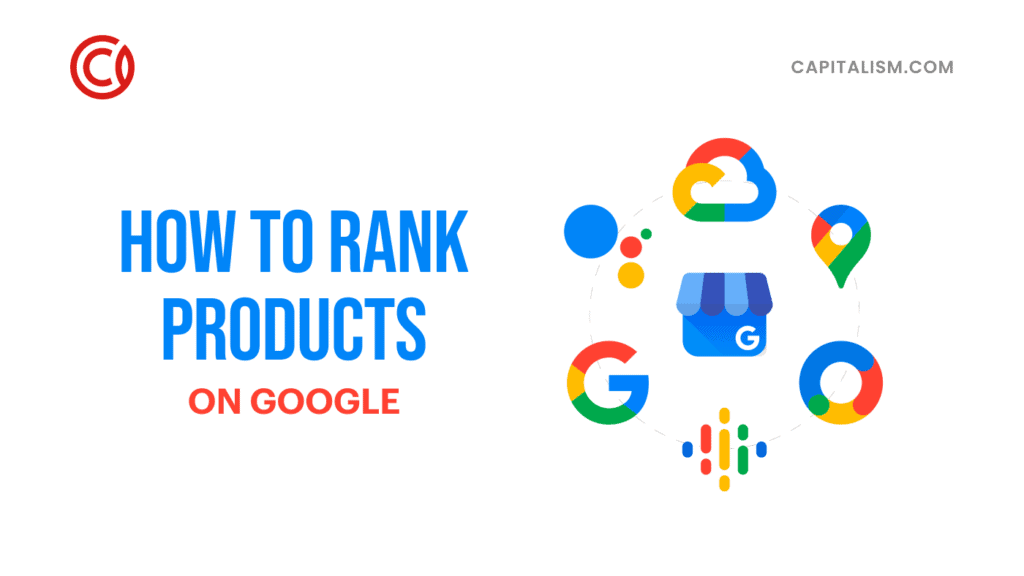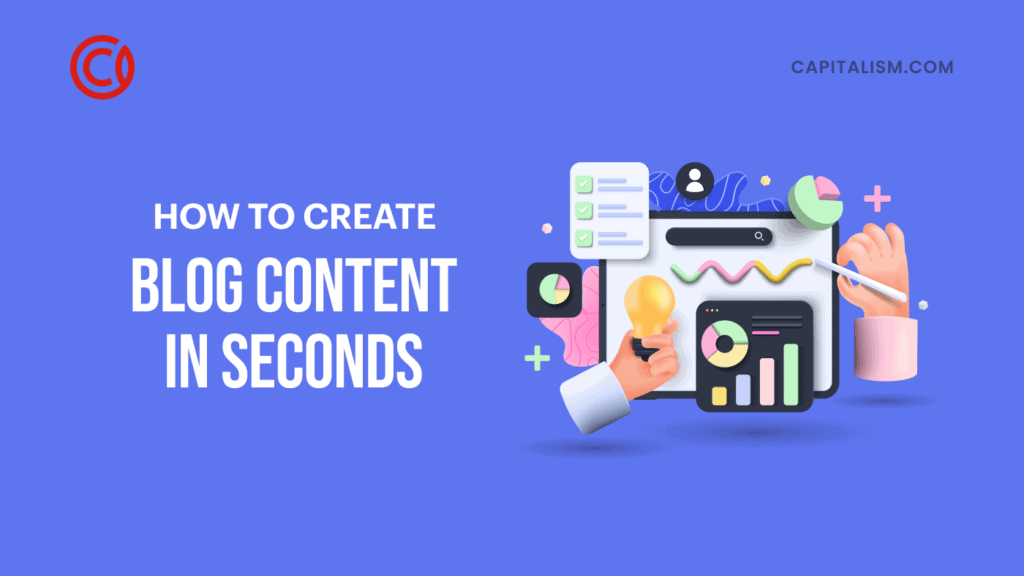It’s a jungle out there when it comes to hiring top talent. With unemployment rates historically low and skill shortages ever-expanding, it seems like the competition is lurking behind every tree. It’s no longer enough to advertise a job and then wait for resumes to come rolling in. Every organization must have a focused talent strategy that will attract the best people and keep them interested.
For the most part, talent is aware that they are in high demand. They are savvy enough to know how to play the game until they find their dream job. They want great compensation, benefits, and perks that enhance their lifestyles. Candidates are also looking for a great culture in which they can excel and grow as professionals.
Do you have the resources to offer top talent what they want? What if you have a limited budget and can’t offer them everything they want - how do you get around this?
You’ll find my recommendations for hiring great talent and overcoming any potential roadblocks below.
The 16 Strategies:
#1 - Take a Careful Inventory of Your Must-Haves
Before you start hiring, it’s critical to know what your talent must have in order to fit the job role. Watch out for dealbreakers, like candidates who refuse to learn new things. Consider what skills, experience, and personality will blend in well with your existing team. If possible, sit down with the appropriate manager and get a list of the top five traits that the candidate needs to succeed in this role. Learn why your organization is outstanding to work for too, while you are at it (information that will come in handy in step 2).
#2 - Create a Job Description that Rocks
Use this information to write a compelling, yet clear job description that gets the talent out there excited about working for your company. According to Lever, 72 percent of hiring managers say they provide clear job descriptions; while only 36 percent of candidates say the same. You need to make this count. Include not only the requirements and tasks that the job entails, but also include a glimpse of your corporate culture and why it’s such an amazing place to work.
Let candidates know that if they come to work for your organization, they will enjoy the benefits of working with some of the best talent in the nation. They will grow professionally and personally. Invite them to apply to learn more.
#3 - Remember to Make Job Advertisements SEO Friendly
While you are working on finalizing and preparing to post the job advertisements, be careful to follow the new rules of search engine optimization SEO. If you haven’t noticed it yet, the addition of Google for Jobs has created an opportunity for internal job advertisements to appear on their search engine. That is IF you take the time to optimize your job advertisements. The quick and fast rules? Create job titles that use searchable keywords, include a geographic location if possible (eg. Programmer in Chicago). If you need some help you can use Google’s keyword planner to practice your writing chops. Also, make sure your metadata matches the keywords, the keyword is in the job ad at least once, and keep the ad concise and clear.

#4 - Post the Job Advertisement
It goes without saying, but the first place you should post job advertisements is on your internal career boards. As you post a new job, blast it out to all your networks and if appropriate, to the employees so they can refer a colleague. Be selective about the job board you use to post the job advertisement to. Look at price vs. results. Some of the bigger job boards are working harder to guarantee higher quality candidates that are pre-screened. If you have a limited budget, consider posting your job ad with business associations, niche discussion boards, and local job centers.
#5 - Give Your Recruitment Legs
You should already be expanding to social networks where you can foster relationships with talent. Most recruiters spend a great deal of time connecting with people on networks like LinkedIn, Facebook, and Pinterest for starters. Then there are niche communities where specific types of talent enjoy connecting with each other and learning about new career opportunities. You can try forums like DEV community, Stack Overflow, Code Buddies and Girl Develop It, which are popular watering holes for coders, programmers and developers. None of this costs anything but time.
#6 - Partner with Freelance Gig Platforms
Recruiting talent requires forward thinking. At the same time that talent is growing scarcer, more professionals are moving out of the office and into remote roles. A study conducted by Upwork and Freelancers Union predicts that the majority of the American workforce will be remote by the year 2027. Recruiters need to establish partnerships with the leading freelance platforms in order to find the increasing talent that will be present here. Learning portals like Udemy are also extending relationships with recruiters who are willing to consider accepting candidates who have completed training tracks. The fees are usually low to advertise here.

#7 - Get More Personal
Candidates today are looking for a personal experience when it comes to their career. They have great skills to offer, which are valuable to a company during shortages. Therefore, talent knows they have the advantage and they expect more than just the boring hiring process. Make it a point to personalize every step of the recruitment and hiring process. Use the candidate’s name in every communication, which should be frequent. Respect their requests for updates. Move the candidate through things quickly and design a hiring package that respects their short and long term career goals.
#8 - Embrace Diversity
Increase your ability to hire top talent by considering the value of hiring for diversity. This can bring fresh perspectives to any organization. It also increases and organization’s ability to bring innovation into the world. Diversity can also update the company brand and improve the culture for all. Reach out to every candidate based on skills and leave all other factors aside. Use a blind application process that leaves certain identifying information out to reduce any bias you may have. You’ll find many candidates who fall outside of the traditional, but whom have interesting experiences and approaches to work.
#9 - Be More Likeable
Learn how to be a more likeable person when you are recruiting. Leave some of the “sleazy” sales tactics behind and just be a person for a moment. Learn how to be more understanding and flexible when it comes to candidates’ schedules -- many of whom are working on other gigs and jobs. Use warm communication skills like smiling and using eye contact and positive body language when in the presence of candidates. Most of all, be patient and transparent with candidates. This can make the difference that it takes to impress a candidate to come work for your company, and not the competition.

#10 - Help Candidates Envision their Place
How good of a job are you at helping candidates see themselves working for your company? Do they have a realistic idea of what the culture is about and do they fit in? One of the best ways to determine this is to invite the candidate to a few virtual presentations. Introduce promising candidates to members of the team they may be working with, a department leader, and a member of human resources. This should give the candidate a better picture of what it will be like to work there, and it can also provide valuable feedback about your candidate. You may not be able to offer a great deal of compensation, but you can offer an amazing experience.
#11 - Create Your Own Content
It’s one thing to search for talent, but how easy are you making it for talent to search for YOU as a recruiter? Many times, candidates are looking for some insight about a company and because recruitment and HR is so locked down, they don't know who to ask. Update your LinkedIn and social media profiles so they know you are someone to connect with. Create articles and content about recruitment and tips for candidates who want to break into careers in your industry. Be the go-to person when it comes to inside information about job search success. Partner with other bloggers in industry niches and ask to post content on their sites too.
#12 - Use Search Analytics
On the other side of search engine optimization is analytical data. And lots of it. Tap into the data you have about candidate behavior, such as what pages and job advertisements are appealing to candidates and getting the most attention (visits to the website). Use the data on social media to find out if candidates are responding to your posts about job advertisements (shares with friends and comments made on posts). Use Google analytics code (discreetly placed) to track the performance of job postings on various job boards, forums and communities, paid and free. Use the data from your HRIS system to identify which job advertisements are converting applicants most often.

#13 - Get Out of the Office
In addition to online networking, as a recruiter you need to get out into the community and often. This includes making visits to colleges, universities, and conferences that cater to talent in your industry. Getting out there often helps people get to know you as someone representing a top company. The serious job seekers will come to you. People always know someone who has a job but is secretly looking for a better opportunity. Be visible and capture these leads. Keep in mind that career fairs and open houses can be set up relatively easily at any of these events, or on-site as needed.
#14 - Boost Your Internship Program
It is important to always be focusing on the future needs of the organization. New jobs are being created at a rapid rate as technology advances, which means emerging skills should be a part of your pipeline. One of the best sources of these new skills will come from college interns. Work with your internship program director to find out who has the biggest potential to stay on as a regular employee upon graduation. And don't forget those career changers in your network who are graduating from local college programs. They have a lot to offer as well.
#15 - Tweak Your Screening Process
Moving candidates efficiently and effectively through the screening process may require some adjustments on your side. Review your interview questions and revamp them to see if they can be more concise and relevant to the each job itself. Use shorter applications (which convert more candidates) and have candidates take assessments to verify their skills. Set up more personal emails and invite candidates to self-schedule for interviews. Gather feedback from candidates as to what they like or didn't like about the process. You can always improve something.
#16 - Hire for Potential
One thing that many recruiters get stuck on is the resume and the experience that candidates present with. But consider that just because a candidate had a good experience with a particular job in the past, this does not predict their future success. People change and grow with time, but they are capable of being so much more than the last couple of jobs they’ve held. Look at every candidate's potential in terms of their professional and personal interests, what they are learning, their personality, and their attitude about work and life in general. This is the key to hiring great talent.
In your quest for outstanding talent, keep the above strategies in mind and make a few changes at a time to see results. Work on the areas that make the most sense to your recruitment efforts now. Over time, they will become natural and you can improve on other areas of your work as a professional recruiter. Keep learning and using technology to your advantage. Remember, you can only get better in this challenging field.












